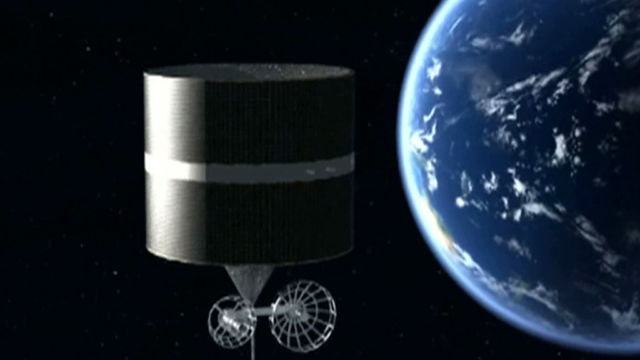It’s another step forward for the Chinese space program.
The country has launched a satellite whose goal is to improve weather forecasting.
CGTN’s Frances Kuo has more.
The last key component of China’s Fengyun-2 meteorological satellite network has been launched into space.
The Fengyun-2H will operate in “geostationary orbit,” meaning it will travel at the same pace as the Earth rotates, effectively maintaining a constant position along the equator.
Its location was planned to improve the accuracy of weather forecasting for China as well as Belt & Road countries extending into Africa.
“We made the adjustment in response to the requests from the World Meteorological Organization and countries along the Belt and Road Initiative,” Zhao Jian, deputy director of the Department of System Engineering of the China National Space Administration (CNSA) said. “It can better cover the Indian Ocean, central Asia, the Middle-East, and part of Africa.”
While satellites from developed countries already covered most regions, there was a gap over the Indian Ocean, where weather forecasting has been less accurate, and damage from natural disasters is double the world average.
“With the Fengyun-2H, the world distribution of geostationary satellites is more reasonable,” Sun Jiadong, a designer of Fengyun-2 satellites at the China Aerospace Science and Technology Corporation said. “In regions where satellites are sparse, such as central Asia, our country can do something for the world.”
China has helped Pakistan, Indonesia, Thailand, Iran and Mongolia establish ground stations to receive the data.
And it said its weather forecasting service will be free for countries in the Belt and Road Initiative and those in the Asia-Pacific Space Cooperation Organization.
“Basically the Fengyun-2H captures a picture every half hour,” said Cao Liang, a designer of Fengyun-2 satellites. “When there is a typhoon, the satellite can carry out more frequent observations to capture one photo every six minutes, which will make the forecast more accurate.”
After four months of in-orbit testing, the new satellite will complete China’s Fengyun-2 network.
Designers said the network has predicted more than 400 typhoons over the past two decades.
Now, China’s focus will turn to its next generation Fengyun-4 series satellites.
Early last month, a Fengyun-4A – the first of its kind – began to serve users in the Asia-Pacific region.
 CGTN America
CGTN America

